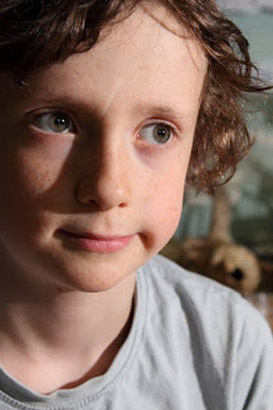
Try to see the world through the child's eyes, not just what they see but how they see it.
Get to know the child.
Find out the child's:
- Likes and dislikes;
- Physical and communicative capabilities;
- Preferred learning styles;
- Signals; and
- Preferred learning environments.
Ensure all other professionals working with a child have a shared understanding of the child.
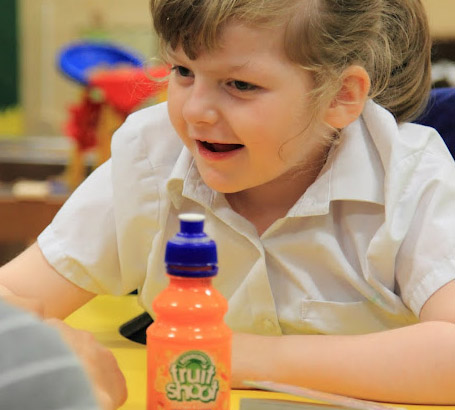
Although you shouldn't ignore weaknesses – these are important areas for development – build mainly on children's strengths to give them confidence and motivation.
Look at what the child offers and build it into a communicative exchange.
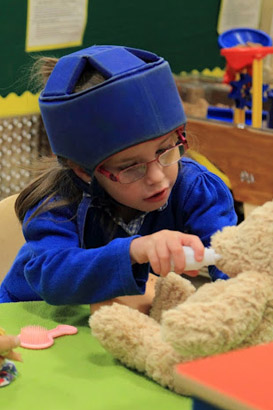
Do not talk continually to or at the child, naming objects, commenting on the child's movements and activities. Talking too much may interfere with the focus of the learner's interest and lead to withdrawal and passivity.
When working interactively with a child, always allow the child to take the lead. Respond to the child by reflecting back what the child is doing, in the same mood and at the same volume.
Guide without leading and know when to withdraw. There is no point in persisting if the child has lost motivation. Try to recognise the warning signs and stop at a high point.
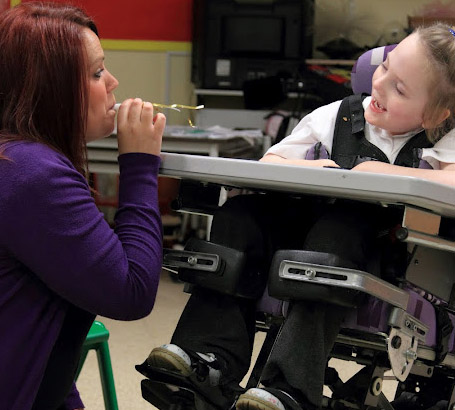
Be observant. Get to know each child's signals and show the child that you have understood so that the child knows they are part of an interaction. If signals are not responded to, the child may withdraw from the interaction.
Be aware that signals may be unconventional. Some children's self-expression will be for their own gratification rather than as a means of communication.
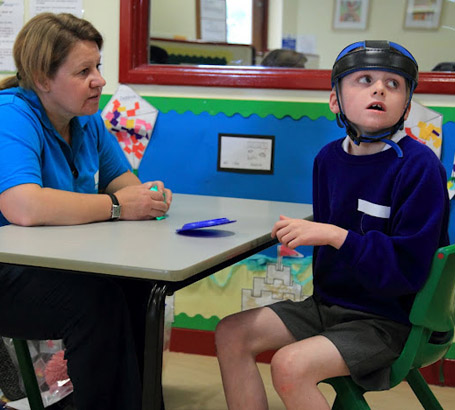
Children with complex needs take longer to process information and to respond. Wait time needs to be built into every activity.
Repetition of the same activities will allow recognition and anticipation.
Progress is possible but it may take a very long time!

Children with complex needs need to be able to anticipate events, develop learned responses and initiate actions for themselves.
- An established daily routine cuts out confusion and gives children the opportunities for control.
- Visual timetables, using sequence of photographs, pictures or symbols, help to give structure to the day.
- Choices of activity and rewards should be incorporated to motivate the child.
- Set sequences for transitions such as an established song, an object, a picture or symbol enable children to anticipate and prepare for change.
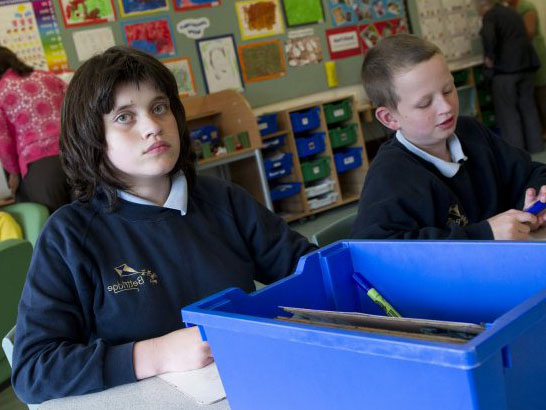
Ensure interaction is not just confined to particular activities, but becomes part of daily life.
Ensure a consistent approach to communication across all settings.
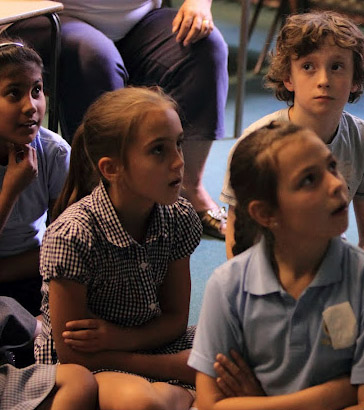
Careful attention is needed in group situations.
Consider:
- The size of the group; and
- Positioning, especially where a child has a sensory or physical impairment.
Although children at early stages of communication may seem to be working in parallel rather than together in a group, it is possible to build activities that encourage awareness of one another and some simple social interactions, eg through singing songs which foster an atmosphere of fun and community.

Evaluate your input and interactions as well as the child's responses.
Identifying what you did well and what you could do better will help you and the child interact better in the future.
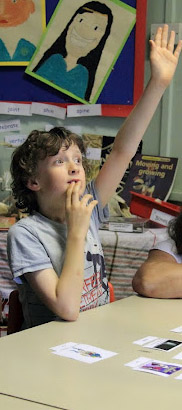
The following should be learning objectives for pre-intentional communicators:
- Social interaction – children will need opportunities to experience other adults and children and to develop an awareness of them.
- Engaging with objects – as the basis for understanding meanings.
- Establishing intentionality – reinforce cause and effect through activities, eg 'If I do this then that will happen'.
- Establishing intentional communication – by giving a consistent response to a stimulus, eg turning towards a source of pleasurable sound.
- Developing voluntary motor control – lip, tongue and cheek muscles for speech, large-scale movement and dexterity for signing and mark-making.

Review your school's practice in relation to pre-intentional communicators.
What are the strengths?
Are there areas that could be improved?
Make an action plan and discuss with colleagues how it might be implemented.
Evaluate the changes you make in terms of improvements in opportunities for communication.